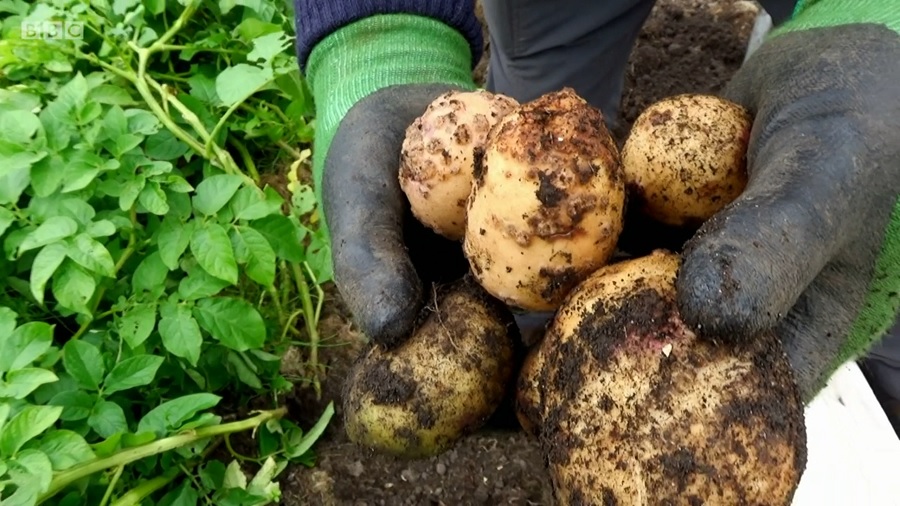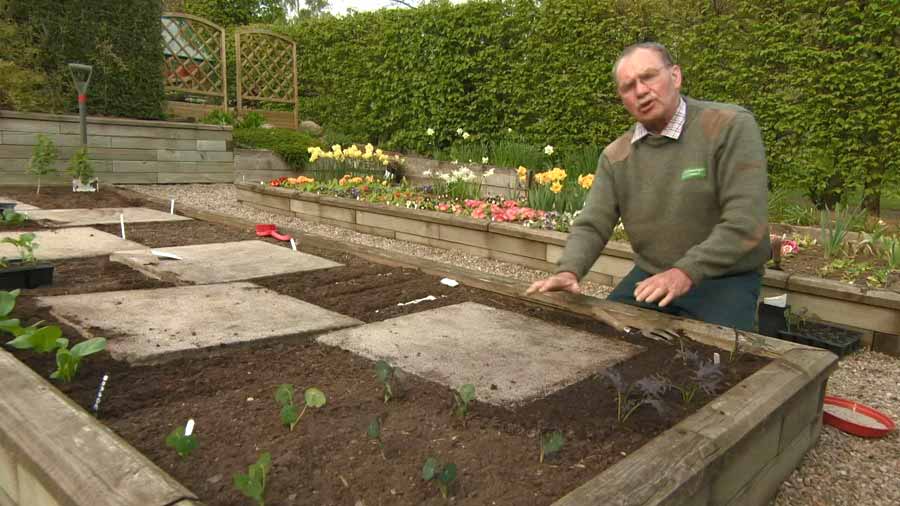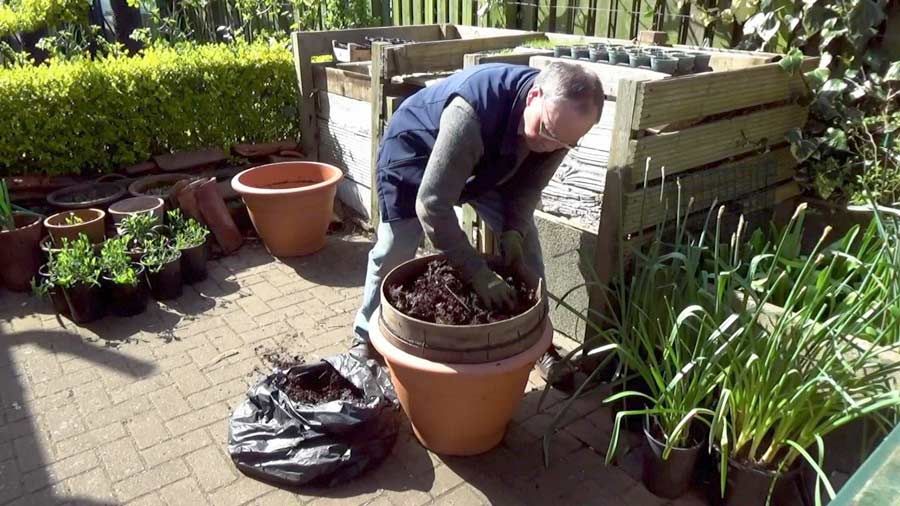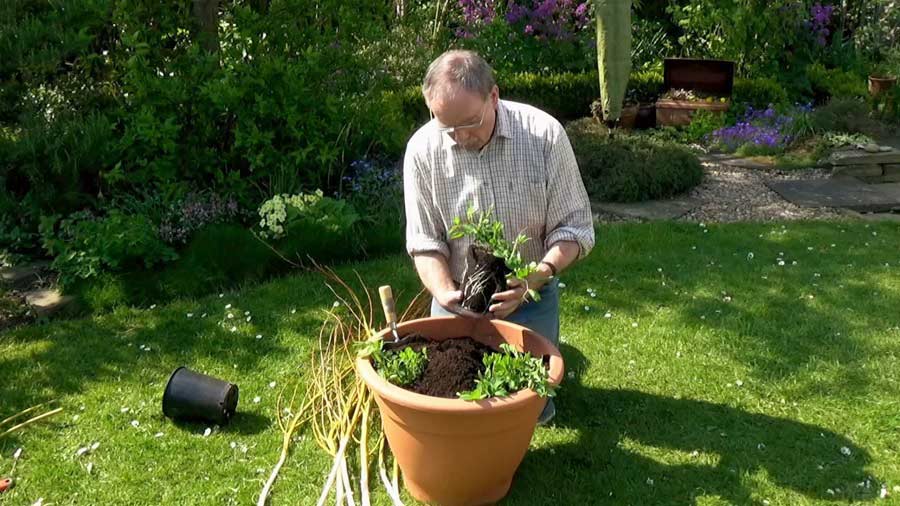The Beechgrove Garden episode 20 2020: George and wife Gill are back in their allotment and making the most of August’s produce. Brian and family are counting butterflies to help understand what more we can do to attract these colourful creatures to our gardens.
Kirsty features the aeonium, an exotic evergreen that, despite its alien good looks, is surprisingly easy to keep in your home.
Beechgrove is a hardy annual TV gardening series which sets out to deal with, glory in and celebrate Scottish horticulture and growing conditions. Beechgrove is and always has been a firmly practical, get-your-hands-dirty gardening programme which delights in success but also learns from failures in the garden and never takes itself too seriously.
The Beechgrove Garden episode 20 2020
How to care for your aeoniums
In the warmer months of the year the stone garden in Lady Anne’s Garden is home to a wonderful display of tender succulents in pots. Visitors often ask questions regarding the very structural and unusual Aeonium arboreum ‘Atropurpureum’, one of the most frequent being; “how can I get my single-stemmed aeonium to branch out like yours?”
I tell them that we just prune it… I remove the top growth of the dominant stem (leader) in order to stimulate growth of lateral buds. It’s just like pinching out your summer bedding plants to make them bushier.
Aeonium is genus including about 35 succulent plant species of unusual appearance ranging from long, arching stems and rosettes of leaves that can often look artificially perfect, reaching from 5-6 feet to short, 5-inch, stubby rosettes. Those Aeoniums sold commercially are cultivars or hybrid crosses derived from a relatively small number of species, including A. haworthi, A. tabuliforme, A. arboreum, and A. undulatum.
The plants form fleshy rosettes, and you will notice a similarity between Aeoniums and several other succulent plants, most noticeably Echeveria and Sempervivum—the popular hens and chicks. Depending on variety, Aeoniums can be low growers or branching plants that grow into shrubs.
How to grow peas
There’s nothing like the flavour of freshly picked peas. Use them as quickly as possible once picked as they lose their sweetness. Dwarf varieties of peas don’t need much in the way of support. The easiest types to grow are mangetout and sugar snap varieties.
For best results peas need an open, sunny position with good drainage. Never sow in cold, wet soil; acidic soils should be limed. If spring is slow to arrive, warm the soil with polythene before sowing and then protect seedlings with horticultural fleece. Generally, peas prefer cooler weather and grow well in cool springs.
Make a flat-bottomed trench 5cm (2in) deep and 15cm (6in) wide – a draw hoe is ideal for this. Sow the seeds evenly in the trench approximately 7.5cm (3in) apart, cover with soil, then lightly firm. If you need a second row make this the height of the crop away from the first trench.





Pingback: The Beechgrove Garden episode 21 2020 — gardening series — HDclump
Pingback: The Beechgrove Garden episode 22 2020 — HDclump